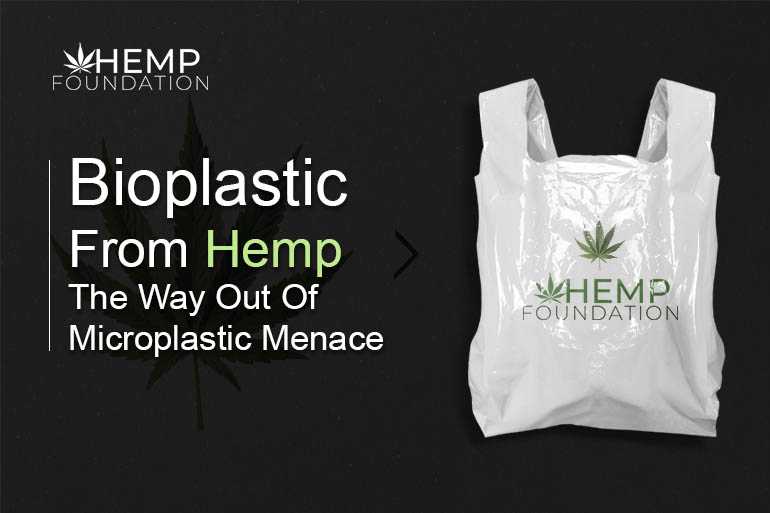Category: economy
-

Hemp as Building Material: Innovations in Non-Toxic Construction
—
by
Hemp is a versatile and sustainable building material that has the potential to revolutionize the construction industry. Through innovations in hemp-based materials, builders can create healthier, more durable, and more energy-efficient buildings. While there are still challenges to overcome, the future of hemp-based construction is bright, and it is exciting to see what new possibilities…
-

Replacing Plastic with Hemp: A Technical Roadmap
Plastic pollution has become a global crisis, with devastating effects on ecosystems and human health. The production and disposal of conventional plastic pose significant environmental challenges, including carbon emissions, water […]
-

Hemp-tastic DIY: Revolutionizing Circular Design
—
by
Hemp-tastic DIY: Revolutionizing Circular Design Hemp is a versatile and sustainable crop that is revolutionizing the design industry. It’s known for its durability, eco-friendliness, and style. With the rise of […]
